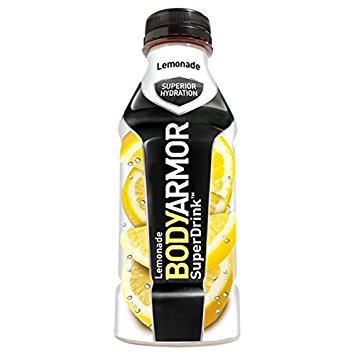
Cocoa drinksĬocoa is the main ingredient in dark chocolate.

People should try to consume these sterols and stanols with a meal.

The FDA states that most people should try to consume 1.3 g or more of sterols and 3.4 g of stanols per day. However, vegetables and nuts contain low levels of sterols and stanols that cannot lower cholesterol.Ĭompanies are adding these chemicals to several foods and drinks, which may include fortified plant-based spreads, yogurt drinks, milk, and fruit juices. Sterols and stanols are plant chemicals similar in shape and size to cholesterol that block the absorption of some cholesterol. Combine the berries with 1/2 cup of low-fat milk or yogurt and 1/2 cup of cold water.Įxamples of especially healthful berries include: Make a berry smoothie by blending two handfuls - around 80 g - of any berry. In particular, anthocyanins, a powerful antioxidant agent in berries, can help improve cholesterol levels.īerries are also low in calories and fat. Many berries are rich in antioxidants and fiber, both of which may help reduce cholesterol levels. The participants were aged 20–30 years and had body mass index scores of at least 20. Tomato juice is also rich in cholesterol-reducing fiber and niacin.Ī 2015 study found that 25 women who drank 280 ml of tomato juice daily for 2 months experienced a reduction in blood cholesterol levels. In addition, research suggests processing tomatoes into juice increases their lycopene content. Tomatoes are rich in a compound called lycopene, which may improve lipid levels and reduce “bad” LDL cholesterol. Make sure to check oat drink labels to ensure they contain beta-glucans, which may appear as part of the fiber information, and how much they include per serving. A 250 ml glass of oat milk may provide 1 g of beta-glucans. Oats contain beta-glucans, which create a gel-like substance in the gut and interact with bile salts, which may inhibit cholesterol absorption and help to reduce cholesterol levels.Ī 2018 review found that oat drinks, such as oat milk, may offer a more consistent reduction in cholesterol than semi-solid or solid oat products. Other authorities recommend consuming 2–3 servings of soy-based foods or drinks daily, with one serving representing 250 milliliters (ml) of soy milk. Additionally, it is preferable to consume soy in its whole and minimally processed form with little to no added sugars, salts, and fats. The Food and Drug Administration (FDA) recommends consuming 25 grams (g) per day of soy protein as part of a diet low in saturated fat and cholesterol to help reduce the risk of heart disease. Replacing cream or high-fat milk products with soy milk or creamers may help reduce or manage cholesterol levels. This is mainly because different amounts of catechins in the teas mean that the body absorbs liquid differently.Īdditionally, caffeine can also help raise HDL levels. However, further human studies are necessary to investigate this further.īlack tea can also have a positive impact on cholesterol, but to a lesser extent than its green variant.


In a 2015 study, scientists gave rats drinking water infused with catechins and epigallocatechin gallate, another beneficial antioxidant in green tea.Īfter 56 days, scientists noticed cholesterol and “bad” LDL levels had reduced by around 14.4% and 30.4% in the two groups of rats on high-cholesterol diets. Green tea contains catechins and other antioxidant compounds that seem to help lower “bad” LDL and total cholesterol levels. Many types of drinks can help lower or control cholesterol levels. Share on Pinterest Kayoko Hayashi/Getty Images


 0 kommentar(er)
0 kommentar(er)
